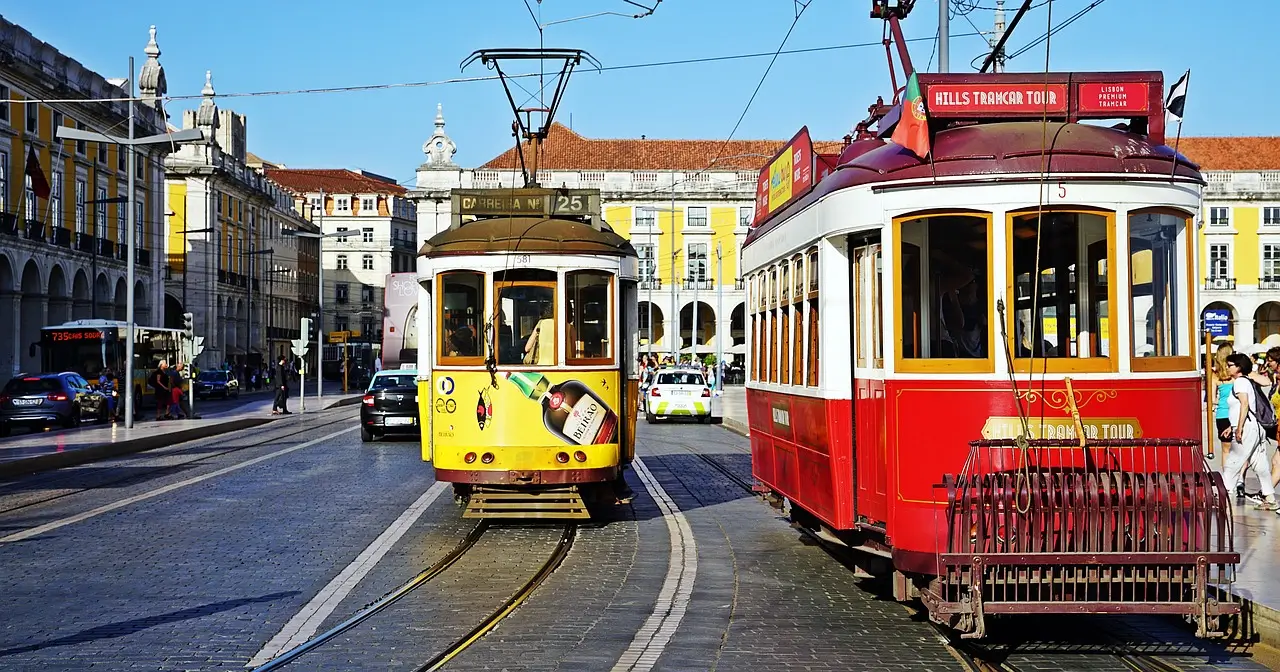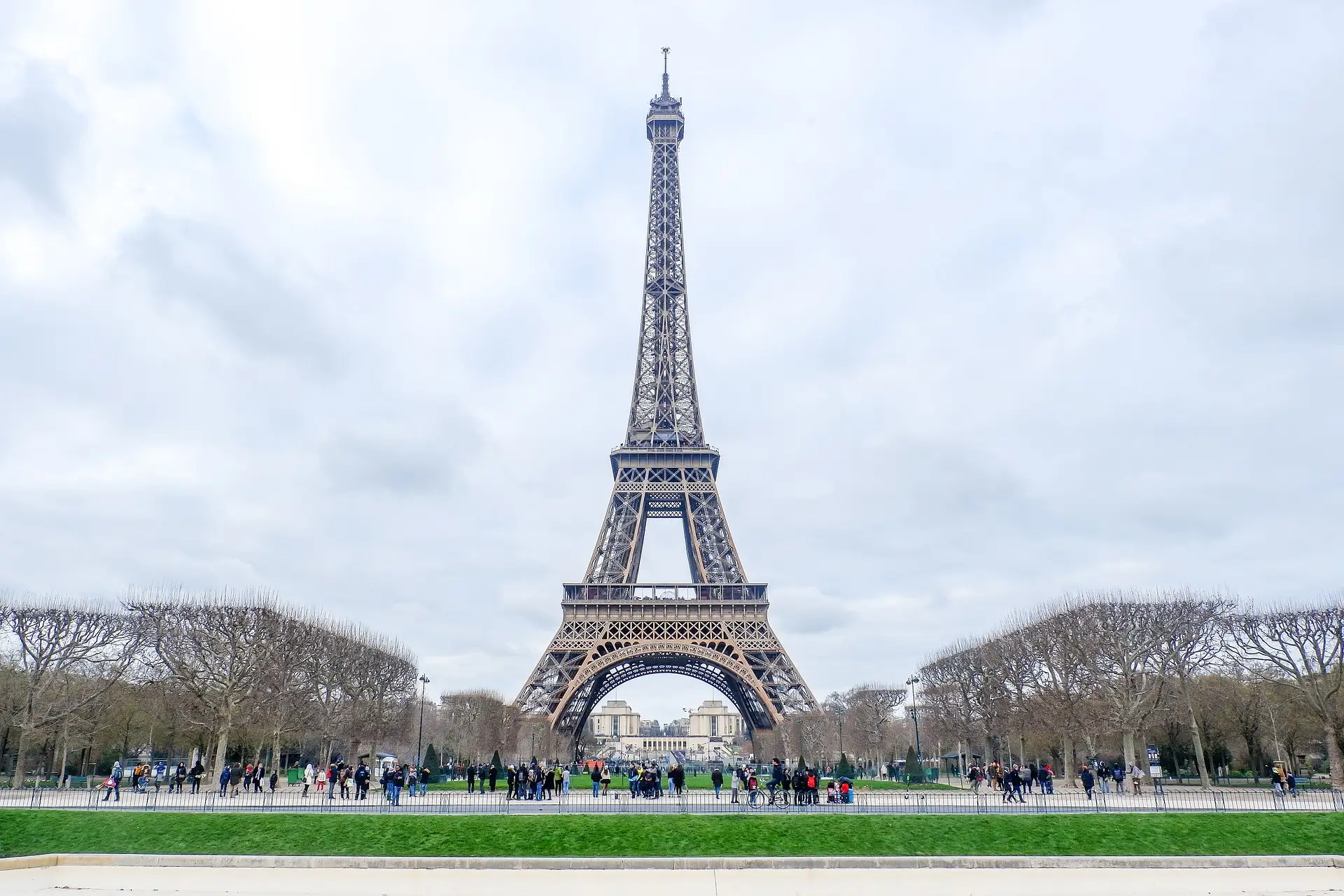Brussels

Brussels, Belgium’s enchanting capital, captivates visitors with its unique blend of medieval history, stunning architecture, and unparalleled culinary traditions. Home to some of the world’s finest chocolates and beers, this European metropolis offers unforgettable experiences for every type of traveler. In this comprehensive guide, you’ll discover the city’s best-kept secrets, from its historic squares to its most charming neighborhoods.
The Magnificent Grand Place: Brussels’ Golden Heart
Recognized by UNESCO as one of the world’s most beautiful squares, the Grand Place (Grote Markt in Dutch) is the essential starting point for any Brussels visit. This medieval square, rebuilt after the French bombardment of 1695, showcases an extraordinary architectural ensemble combining Gothic, Baroque, and Neoclassical styles.
Architecture and History of Grand Place

The Grand Place complex is dominated by the Town Hall (Hôtel de Ville), a 15th-century Gothic masterpiece featuring an impressive 96-meter spire topped by a statue of Saint Michael. Across the square stands the King’s House (Maison du Roi), which houses the City Museum and a fascinating collection of the famous Manneken Pis costumes.
The guild houses surrounding the square are true architectural gems, each representing a medieval trade corporation. Special highlights include Le Pigeon, where writer Victor Hugo lived during his 1852 exile, and Le Roy d’Espagne, offering privileged views of the square.
Best Time to Visit
Grand Place is spectacular year-round, but comes alive during summer (June-August) when temperatures range from 62°F to 77°F, providing ideal weather for enjoying the café terraces. In winter, the square transforms into a magical setting with its Christmas market.
Sablon District: The Bohemian Antique Haven
The Sablon neighborhood represents Brussels’ most sophisticated soul, divided between Place du Grand Sablon and Place du Petit Sablon. This historic area, named after sandy soils (sablon = sand in French), has become the epicenter of antiques and fine dining in Brussels.
Place du Grand Sablon: Elegance and Tradition
Place du Grand Sablon houses 15th and 16th-century mansions that today host some of Europe’s most prestigious antique shops. On weekends, the traditional antique market (Saturdays 9 AM-5 PM and Sundays 9 AM-1 PM) transforms the square into a treasure trove for collectors.
The area also concentrates world-renowned chocolateries, including Neuhaus and Pierre Marcolini, two of Belgian chocolate’s most prestigious brands. Neuhaus, creator of the Belgian praline in 1912, maintains its historic shop in the Galeries Royales Saint-Hubert, while Pierre Marcolini, winner of the 1995 World Pastry Championship, offers his Grand Cru creations directly on Place du Grand Sablon.
Notre-Dame du Sablon Church
At the neighborhood’s heart rises the Notre-Dame du Sablon Church, a 15th-century Brabantine Gothic masterpiece. This temple, built by the archers’ guild, features impressive stained glass windows and serves as a perfect backdrop for the region’s cultural activities.
Galeries Royales Saint-Hubert: Luxury Shopping Pioneer
The Galeries Royales Saint-Hubert, inaugurated in 1847, represent a milestone in European commerce history as one of the continent’s first covered shopping galleries. This elegant complex, designed by Jean-Pierre Cluysenaar, comprises three sections: Galerie du Roi, Galerie de la Reine, and Galerie des Princes.
Architecture and Design
Stretching 213 meters, the galleries feature an arched glass roof with cast-iron framework allowing abundant natural light. The Italian Neoclassical style, inspired by the Cinquecento, creates a unique atmosphere combining historic elegance with modern functionality.
Shopping and Dining Experience
The galleries house over 50 establishments, including fashion boutiques, traditional chocolateries, specialized bookstores, and historic cafés. Here operates the original Neuhaus shop, responsible for creating the first Belgian praline and the iconic “ballotin” box for transporting delicate chocolates.
Belgian Chocolate Tasting: A Centuries-Old Tradition
Belgian chocolate tradition dates back to the 17th century and reached its peak in the 19th century with the praline’s creation. Today, Brussels concentrates some of the world’s finest chocolateries, each with secret techniques and recipes passed down through generations.
Premier Chocolateries
Neuhaus: Founded in 1857 as a pharmacy, it became a pioneer in Belgian praline creation. Their chocolates are recognized for exceptional quality and elegant presentation in the traditional “ballotin” box.
Pierre Marcolini: This master chocolatier revolutionized the industry with his “Bean to Bar” approach, controlling the entire process from cocoa selection to final product. His creations incorporate exotic ingredients like Piedmont hazelnuts and Moroccan pink berries.
Wittamer: Established on Place du Grand Sablon, this house pioneered colored chocolates and remains a reference in innovation and quality.
Beer Culture: Liquid Tradition in Every Sip
Belgium possesses one of the world’s richest brewing traditions, with over 1,500 different varieties. In Brussels, this culture manifests through specialized pubs and craft breweries preserving centuries-old techniques.
Moeder Lambic: Craft Beer Temple
Moeder Lambic, located on Place Fontainas, stands out as one of the world’s best craft beer bars. With nearly 50 beers on tap and over 300 bottled varieties, this establishment is internationally recognized for its selection of lambics and geuzes, spontaneous fermentation beers typical of the Brussels region.
Moeder Lambic’s distinction lies in its preservation system: 46 beers are kept in cold storage with reduced CO2, preserving original flavors and aromas. The modern environment, with long glass tables, creates the perfect setting for tastings accompanied by artisanal cheese boards.
Traditional Belgian Beers
Lambic: Spontaneously fermented beer, produced exclusively in the Brussels region through wild yeasts present in the air.
Gueuze: Blend of lambics of different ages, resulting in a complex and effervescent beer.
Kriek: Lambic fermented with cherries, offering perfect balance between acidity and fruity sweetness.
Manneken Pis: Brussels’ Irreverent Symbol
The small bronze statue of Manneken Pis, standing just 22 inches tall, has become Brussels’ most recognized symbol. Created by Jérôme Duquesnoy in 1619, this representation of a boy urinating into a fountain perfectly captures the irreverent spirit and particular humor of Brussels residents.
History and Legends
Various legends explain Manneken Pis’s origin, from stories of heroic children saving the city by urinating on explosives to tales of magical transformations by witches. The original statue survived the 1695 French bombardment and has since become a symbol of resistance and local identity.
Costume Tradition
One of the most charming traditions related to Manneken Pis is his extensive wardrobe of over 1,000 different outfits. The first official costume was offered by King Louis XV in 1747, starting a tradition that continues today. The statue is dressed about 130 times annually to mark special occasions, national holidays, and cultural events.
Upper Brussels: Between History and Modernity
The upper city offers a different perspective of Brussels, combining historic monuments with modern institutions. This area, housing the Royal Palace and important museums, provides spectacular panoramic views of the Belgian capital.
Mont des Arts
Mont des Arts connects the lower to the upper city, offering meticulously maintained geometric gardens and one of Brussels’ best views. This cultural complex houses the Royal Library of Belgium, important museums like the Royal Museums of Fine Arts, and the acclaimed Magritte Museum.
Royal Palace and Parc de Bruxelles
The majestic Royal Palace, official residence of the Belgian royal family, impresses with its Neoclassical architecture. The adjacent Parc de Bruxelles, the city’s largest public park, offers a green refuge ideal for relaxing between cultural visits.
Practical Tips for Your Visit
Best Time to Visit
May to September: Most pleasant weather with temperatures between 62°F and 77°F, ideal for outdoor walks and terrace activities.
December: Magical time with Christmas market, though colder (36°F to 46°F).
March-April and October-November: Intermediate periods with fewer tourists and more accessible prices.
Getting There
Brussels Airport: Direct connection to downtown via Airport Express train (20 minutes).
Brussels-Central Station: Located in the city heart, near main attractions.
High-speed rail: Direct connections to Paris (1h20), Amsterdam (3h30), and London via Eurostar (2h).
Local Transportation
Walking: Historic center is compact and easily walkable.
Metro and public transport: Efficient system operated by STIB/MIVB.
Bicycles: Villo! program offers bike-sharing stations throughout the city.
Must-Try Culinary Experiences
Traditional Restaurants
Chez León: Century-old institution specializing in moules-frites (mussels and fries), Belgium’s national dish.
Aux Armes de Bruxelles: Historic restaurant near Grand Place, famous for authentic Belgian cuisine.
Local Specialties
Belgian Waffles: Two distinct styles – Brussels Waffle (lighter and crispier) and Liège Waffle (sweeter and denser).
Speculoos: Traditional spiced cookies, perfect with coffee.
Carbonade Flamande: Beef stew with Belgian beer, typical winter dish.
Accommodation: Where to Stay in Brussels
Historic Center
Hotel Amigo: Privileged location on Grand Place corner, in a restored historic building.
Hotel des Galeries: Boutique hotel in the famous Galeries Royales Saint-Hubert.
Sablon District
Vintage Hotel: Contemporary charm in the heart of the antiques district.
Leopold Hotel Brussels EU: Modern option near European institutions.
Shopping and Souvenirs
Chocolates and Sweets
- Praline boxes from traditional chocolateries
- Speculoos and artisanal Belgian cookies
- Belgian pearl sugar for homemade waffles
Crafts and Antiques
- Unique pieces at Sablon antique market
- Traditional Belgian lace
- Special beers and personalized glasses
Events and Festivals
Ommegang (July)
Spectacular historical recreation at Grand Place, with period costumes and traditional parades.
Brussels Summer Festival (August)
Music festival transforming the city into a stage for international artists.
Winter Wonders (December-January)
Magical Christmas market occupying Grand Place and adjacent streets.
Conclusion
Brussels is a city that surprises at every corner, offering a unique cultural and culinary experience in Europe. From the majestic Grand Place to the charming Sablon cafés, through the elegant Galeries Royales Saint-Hubert and traditional craft beer pubs, the Belgian capital reveals its treasures to those willing to explore it with curiosity and passion.
The perfect combination of tradition and modernity, history and innovation, makes Brussels an unmissable destination for travelers seeking authenticity and sophistication. Plan your visit considering this guide’s tips and prepare to fall in love with one of Europe’s most enchanting cities.




